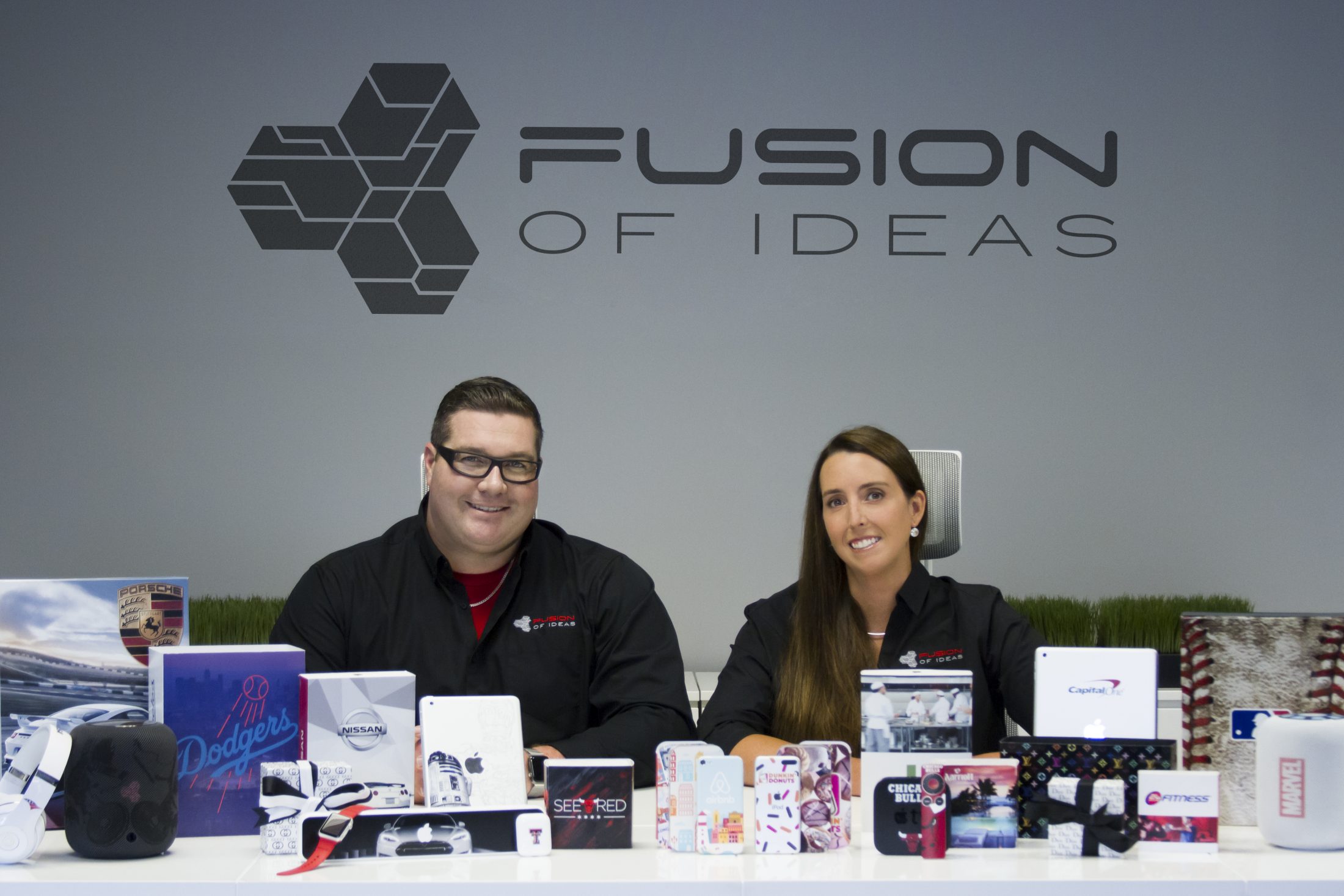In today’s commerce world, where products and services are abundant and have become a commodity, experience is what differentiates a company from its competitors. A restaurant with friendly and engaging staff can thrive on slow nights while competitors struggle, because its loyal customers will come back for a superior dining experience. A hotel with a responsive and diligent guest-service team can maintain high occupancy despite higher rates, because guests remember their enjoyable stay and come back. A mobile device that is pleasing and intuitive to use is sought after despite higher prices.
These are just a few examples that show the power of the experience economy. At the end of the day, consumers gravitate toward brands they associate with positive emotions and memories. When they have a positive experience, consumers develop a deeper connection with the brand, which helps to increase brand credibility, loyalty and value.
Building Blocks of Good Brand Experience
The promotional products space plays an important role in creating a powerful brand experience. For distributors and suppliers, it’s offering products that carry perceived value to be used by companies for corporate gifting or rewards programs, or at special events. Here are the four main building blocks of creating an exceptional brand experience:
1. The right product
A tangible product is a physical representation of the brand, whether it’s being used for an employee or customer appreciation program or another purpose. It’s the foundation of the consumer’s brand experience.
According to the Incentive Research Foundation’s “Industry Outlook for 2019” report, companies spend an average of $824 per person annually for non-cash reward and recognition programs, and an average of $160 per reward merchandise item. Logoed, brand-name merchandise is the top type of gift given at 77 percent, followed by electronics at 73 percent.
This uptick in spending means companies are using branded products with increasing regularity to show recognition and appreciation to employees and customers. When a consumer receives a premium product as a gift, they tend to associate that company with a high value and consideration for the recipient. This can strengthen a company’s brand equity and conjure positive emotional associations.
2. Immersive customization
Customization is what differentiates one product from another. In fall 2019, tech giant Apple launched Apple Watch Studio to allow consumers to mix and match Apple Watch casings and straps, giving people an opportunity to customize the watch and make it their own.
Creating a memorable brand experience goes beyond changing the colors of a product or placing a logo on it. That’s just the start. It’s enveloping the entire product with brand colors and personalized messaging that immerses users in the brand. The goal is for the customer to not only be interested in the product itself, but also feel and experience it.
Returning to the Apple Watch example, the accessory can be customized by changing the casing and straps to get a unique look. A company logo can also be etched on the band. But a truly immersive brand experience looks at every point of customization to achieve the look and feel of the brand on all parts of the watch, which can look something like this:
- Printing the company or recipient name on the blank side of the case
- Adding a logo or design on the watch button
- Using a custom design or logo on the bands
- Adding a color logo or design on the charger

3. The unboxing experience
Just as it sounds, unboxing is the action of taking something out of the box. Done well, a package that creates a memorable unboxing experience demonstrates thoughtfulness from the sender and makes the brand stand out from the crowd.
Unboxing is about much more than making products look good. It’s about crafting a brand’s narrative. And when you procure great items, connecting the excitement—and an element of surprise—of the unboxing experience to the rest of the brand encourages an emotional connection. A great unboxing experience can boost a brand’s content marketing efforts, drive engagement, increase sales, as well as improve the way the recipient feels about the product itself. But it would be a mistake to think of unboxing as only pertaining to retail or e-commerce businesses. Creating a memorable first impression of your brand is key in all industries.
From the consumer’s perspective, the anticipation of opening a well-wrapped product is much like opening a gift. The unboxing provides additional value for the recipient and the business by way of creating a positive first impression—ideally, one that’s both memorable and shareable. A simple search for “unboxing” on YouTube reveals the enduring popularity of the unboxing phenomenon. With any unboxing, it starts with the packaging. Research has shown that attractive packaging stimulates the reward-seeking area of the brain that is associated with impulse purchasing.
One way to ensure a business stands out from the crowd is with custom packaging, such as a box or gift wrap that is customized with a company logo, slogan or brand colors. For products that come from the manufacturer in a box, an easy, yet impactful way to personalize a package is with a package sleeve that fits snugly over the manufacturer’s box.
4. Customer experience
The final yet equally impactful building block when creating a solid brand experience is the customer experience, which comes from quality customer service. Consumers are loyal to companies like Amazon, Apple, Nordstrom and luxury hotelier Ritz-Carlton because these companies have met or exceeded expectations in the customer journey.
A good customer experience is part of a good brand experience. The customer experience is directly tied to the feelings and attitudes the brand evokes when customers interact with it. For Apple, it’s all about product and service differentiation as embodied in “elegantly simple design.” This translates to every aspect of the customer experience, from using an iPad to walking through an Apple retail store.
The experience economy is more important today than ever. As a result of digitally-driven developments, customers have come to expect companies to give them a highly intuitive and personalized experience. Getting them on board and keeping them there is harder than ever. Companies need to be moving away from a sales- and product-focused mindset to one that is genuine and customer-centric.
The bottom line: a positive brand experience increases the likelihood of brand advocacy, ultimately giving the company a valuable competitive advantage.



